The Godfather colonized a culture in North America. Both the novel and its movie adaptations are a mixture of sex, violence and criminal power. Its author, Mario Puzo (1920-1999) was an Italian-American novelist from New York. He published the novel in 1962, which was then adapted into an organized crime movie trilogy, directed by Francis Ford Copola, and released in 1972, 1974 and 1990 (Messenger). The first film was an instant success upon release. The audience not only liked the film, but they embraced it with fervour that spoke of a desire to enter the very world of the Corleone. Italians were no longer figures of derisions, but that of admiration (Covey). There is no doubt that The Godfather is a significant part of America's popular culture, but how can we understand it through the lenses of popular culture and religion? This post will discuss "The Godfather effect" in the context of violence in popular culture and religion.
The Impact of the Book and Films
The first movie adaptation archived great success, and has been critically acclaimed to be one of the greatest movies of all time (Messenger). In fact, the popularity of the movie and novel generated what is often referred to as "The Godfather effect". As figures of the mafia, Italian Americans had suddenly gone mainstream (Santopietro). Many comedians and even politicians were imitating, and challenging their own version of Don Corleone –the most respected character of the novel (Santopietro). Besides, the impact of The Godfather proved to be so influential that it changed not only how real life mobsters interacted with one another, but it also became the vocabulary with which both law enforcement agencies and the general public discussed organized crime. The FBI began to use the term "Godfather" to refer to the heads of crime families (Santopietro). On the other hand, the title "Godfather" became a term of admiration within groups of mobsters. For example, they began speaking with the same phrases and inflections as their onscreen counterpart, while appropriating such via vecchia customs as kissing their Godfather's hand as a sign of respect (Santopietro).
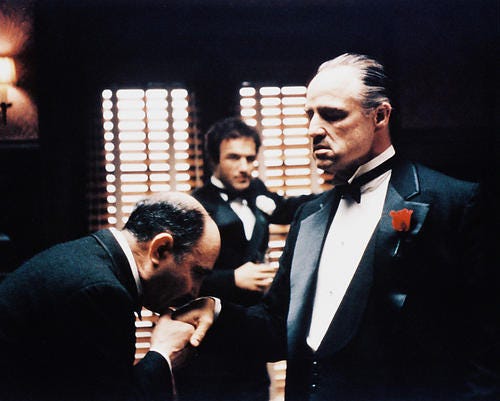

Salvatore "Sammy the bull" Gravano, a renowned hit man said: "It (The Godfather) made our life seem honorable... I would use lines in real life like 'I'm gonna make you an offer you can't refuse,' and I would always tell people, just like from 'The Godfather,' 'If you have an enemy, that enemy becomes my enemy.'''(Goldberg). Americans loved the Corleone Family because they fought over the issues that the people of the United States were fighting for: money, power, control, and social status (Santopietro). From a different view, the film was nothing more than the glory, madness and failure of the American dream with a mixture of violence, family values, and religion.
The violence in religion provides psychological functions for individuals to make sense of their actions, while the violence in popular culture functions in similar ways to the violence in religion (Jones); The Godfather portrays such themes. Readers and moviegoers were interested by the fact that the violence in which the Corleone family was involved was never arbitrary, but rather functioned as a mechanism to preserve the law and order of the Don's criminal universe (Fiske). In other words, Vito Corleone had the power to kill or hurt other individuals without being portrayed as a villain.The audience had grown to admire him not because he committed crimes, but because these crimes were committed by a person in vicious defense of family values and his righting of the wrongs that society imposed him.
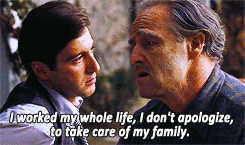
American Family Values and The Godfather
When the novel was released, America was going through many social changes from the Vietnam War to the civil right act of 1964, most importantly family roles, gender roles, and family stability were being challenged. The growth of industrialization forced male family members to leave their homes for long periods of time, causing many Americans to question the meaning of family and the role of each member of the family (Santopietro). The Godfather was able to deliver some stable gender roles as well ideas of family (Mannino). Vito Corleone and Michael Corleone portrayed the figure of the father that protects his family while taking care of business, causing an emotional appeal to the American audience (Mannino).
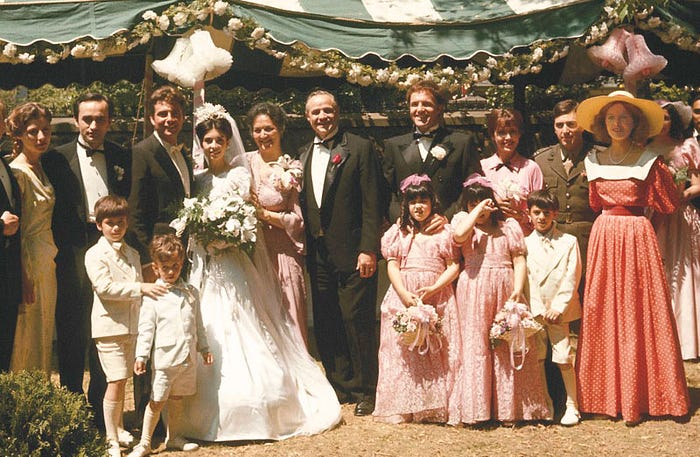
Violence and Revenge in Popular Culture and Religion
Popular culture is the place where violence is ritualized and controlled, and violence continues to be central to social lives . It is necessary and meaningful — whether that be in a religious or secular order. Religion and violence are linked, and The Godfather does a great job of demonstrating this link. Traditional religions are institutions that are naturally violent (Fiske), however not all violence is religious. The Godfather has religious undertones because Vito Corleone does not believe in the American justice; instead he is the one who makes justice for himself and the people who honour him. This can be seen in the first scene of the first movie when Bonasera, a family friend, is talking about his believing in the American dream, but was infuriated that he was denied by the American justice as a result he calls on Don Vito Corleone to bring justice to him. This scene establishes Vito Corleone's power and put forth the essence of what the Don refers to as a pledge of revenge. This scene serves as an example of ethical function: justice order and vengeance (Fiske). In other words, the restoration of order is a matter of justice — divine justice to be exact and the universe is characterized by a moral order established by God, but in this case by Vito Corleone.
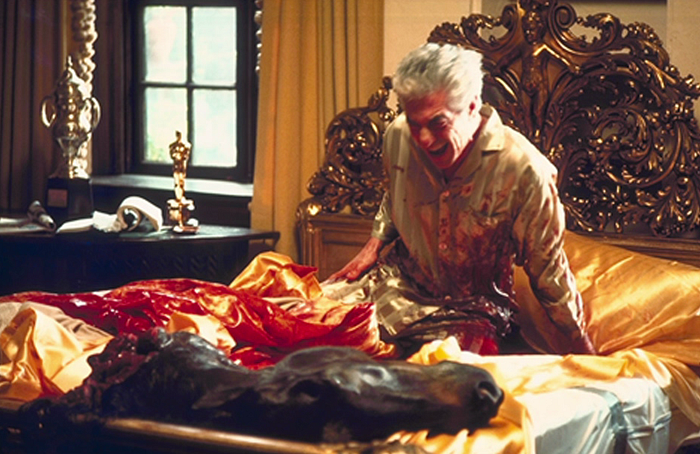
"Justice is not treated as simply a human construct, but as a given in the universe" (Fiske). This means that violence has transcendent or religious dimensions. This use of "righteous violence" to combat "evil violence" can be understood as revenge — the revenge of the god against evil, or in the Godfather's words, is the revenge of Vito Corleone against the failure of the American dream. Even though the mafia entails violence, the novel and the film portrays Vito and Michael in having the power to control this violence most of the time.
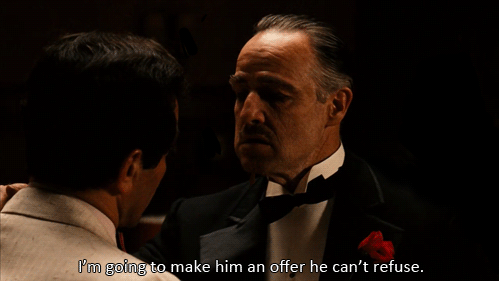
References
Covey, W. B. "The Godfather and American Culture: How the Corleones Became Our Gang." MFS Modern Fiction Studies 49.4 (2003): 861–863. Web.
Messenger, C. The Godfather and American Culture: How the Corleones Became Our Gang." SUNY Press, 2012. Print.
Santopietro, T. The Godfather Effect: Changing Hollywood, America, and Me. Macmillan, 2012. Print.
Fiske, J. Understanding Popular Culture. Routledge, 2010. Print.
Jones, J. M. The Annotated Godfather: The Complete Screenplay. Black Dog & Leventhal, 2007. Print.
Goldberg J. "The Lives They Lived: Mario Puzo, b. 1920; Sammy the Bull Explains How The Mob Got Made." The New York Times. The New York Times, 2 Jan 2000. Web.
